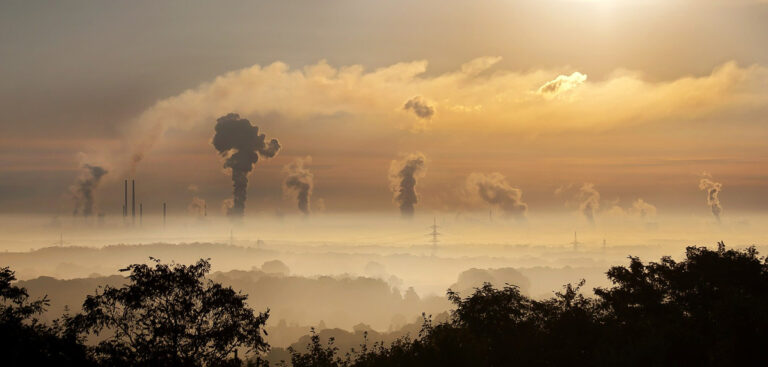A reduction in aerosols due to a crackdown on air pollution has significantly contributed to fewer extremely cold days in Europe and Russia, a study finds.
The US study, published in Nature Climate Change, used a state-of-the-art climate model to track winter weather across Europe and northern Eurasia (which includes Russia) over the past 50 years.
They found what they describe as an “unambiguous signature” correlating warmer winter weather with a reduction in the release of human-made aerosols.
The team from the Jet Propulsion Laboratory (JPL) and the California Institute of Technology (Caltech) says the correlation is due to the fact that restrictions on atmospheric aerosols meant there were fewer particles in the atmosphere to reflect sunlight, resulting in a local warming effect.
This local warming caused changes in the wintertime Northern Hemisphere polar jet stream, say the researchers. The warmer winter weather meant there was a stronger temperature gradient between Europe and the North Pole, meaning there was less chance of wavering off-path by the jet stream, a channel of fast-moving cold air flowing from west to east.
When the jet stream meanders to the south it brings with it cold Arctic air, resulting in more extreme cold weather days.
The drop in the emission of human-made aerosols – solid particles polluting the atmosphere from activities like burning coal – has been due to the enactment of tighter air pollution regulations, especially in Europe.
The fact that this has had such a marked effect on temperatures suggests that aerosols can have a stronger impact on extreme winter weather than greenhouse gases, at least at the local scale, say the study authors.
“This discovery underscores the importance of understanding the effects of anthropogenic aerosols for accurate climate projection of extreme weather events, which is crucial to formulating climate mitigation and adaption strategies,” said Yuan Wang, staff scientist at Caltech and at JPL, which Caltech manages for NASA.
Since it is anticipated that China was soon begin enacting tighter air pollution laws the model predicts that this trend of winter warming could spread further to the east.



